8 Golden Rules for Fat Loss Over 50
Do you want to get into shape, but feel like it's impossible because of your age? Melissa Neill is a social media influencer who shares her "knowledge and experience of working with women over 40 on transforming their bodies and health." The 56-year-old "stripped fat at the age of 51" and "kept it off" with the help of 8 "golden rules for fat loss," she explains. "They're in no particular order because they're all just as important as each other."
Her Non-Negotiables for Fat Loss Are Not "Hacks" or "Gimmicks"
In the video she explains what "non-negotiables for fat loss," are. "These are not hacks, they're not gimmicks. They're the thing that's helped me sustain my fat loss for five years. Now. They are things that are drilled into my head that I always do. They are part of my life and they are my non-negotiables," she says.
1. Get Your Protein Intake Right.
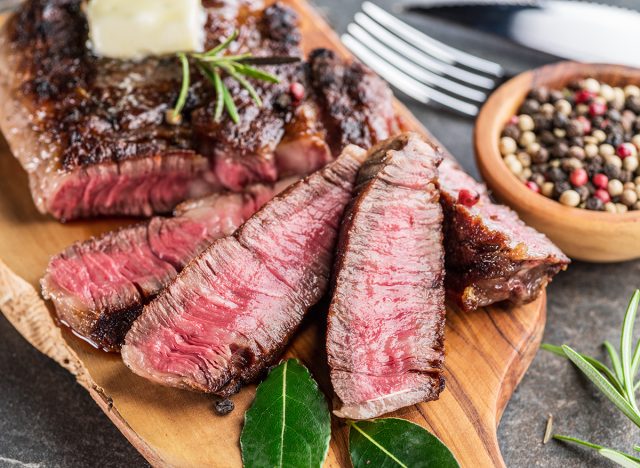
Her first golden rule has to do with protein. "When I started my fat loss journey until I got my protein intake right, I didn't see results with strength training," she says. "I didn't see results on improving my body composition, and I didn't see results in getting fat loss. She adds that "protein plays a really important part" in building and retaining muscle.
It's gonna make your body better and improve your fat burning potential because it takes your body longer to break down protein."
She Recommends One Gram of Protein Per Pound of Body Weight
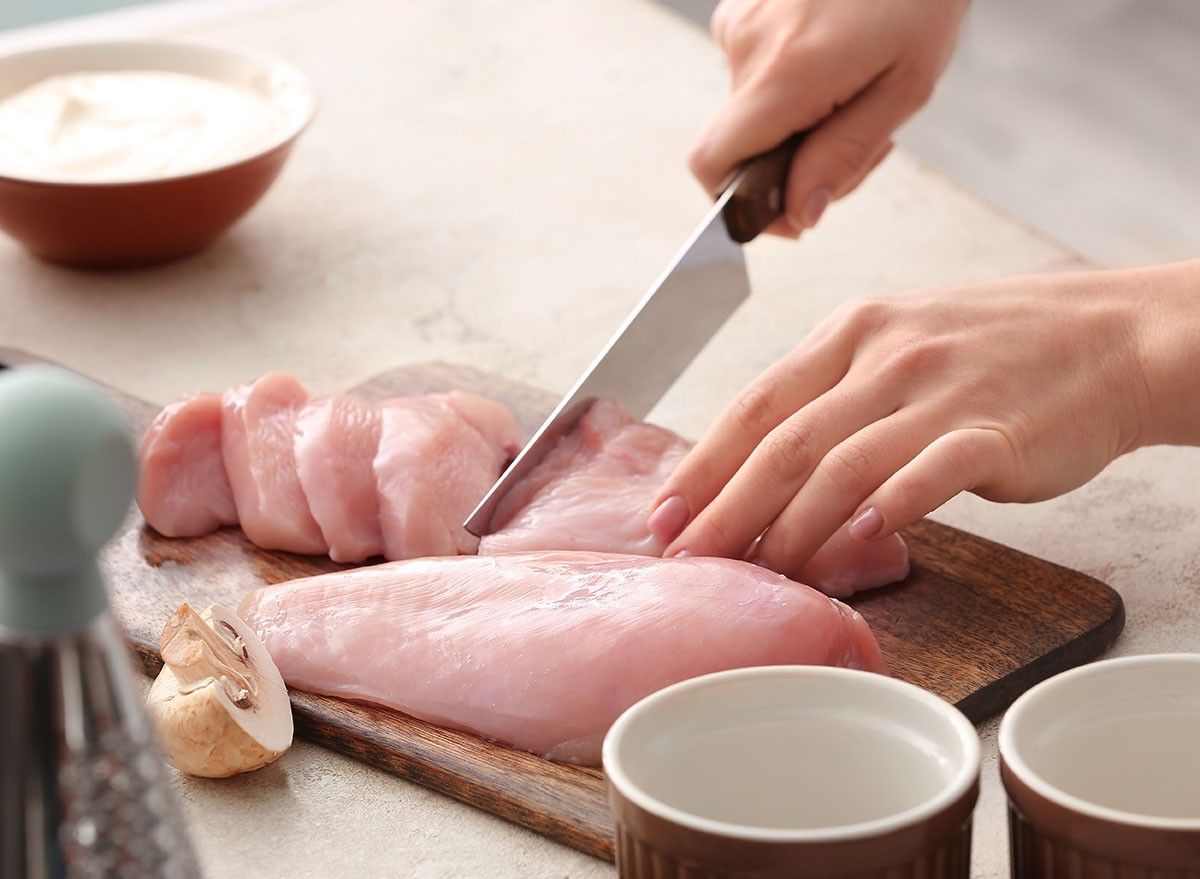
She recommends "more than one gram of protein for every pound in your body weight." However, "if you weigh over 170 pounds, shoot for your goal body weight, and that's going to mean eating protein at every single meal and snack. I've got that absolutely drilled into me. That is what I always do, and it's my non-negotiable."
2. Track Your Calories and Macros

Next up is tracking calories and macros. "Now, I didn't always track my calories and macros," she says, admitting she "didn't know exactly what I was eating," which is an issue because "when you get older, you need to be precise about how many calories you are eating."
Aim for 35 Percent Protein, 35 Percent Carbs, and 30 Percent Fat
"The balance of your protein, carbohydrates, and fats," needs to be "something like 35% protein, 35% carbohydrates, and 30% fat, give or take," she says. "I find if I don't track it, I'm gonna put more on my plate than I would otherwise. That's a natural human instinct. We all tend to be like that. So I find tracking has completely transformed my body."
3. Strength Train
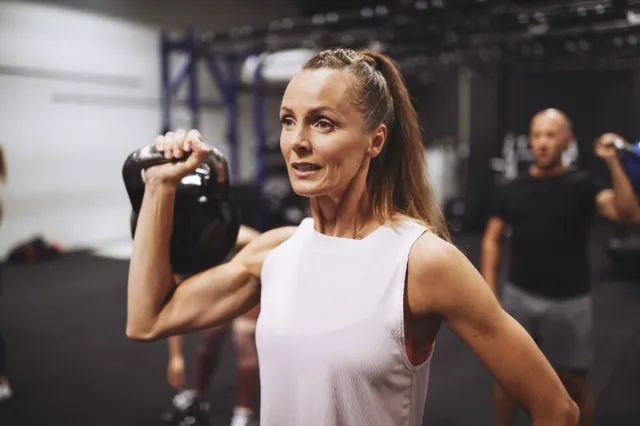
"My number three non-negotiable is strength training," she continues. "Strength training trumps any other type of exercise for women in my age group, women over 40. It doesn't matter if you are 70, it doesn't matter whether you are 80 or in your fifties or sixties, it's the same." She adds that the workout is "actually gonna help your body burn fat more easily," and "it doesn't matter whether you've got 10 pounds to lose, a hundred pounds to lose. The strategy is still the same. You still need to be doing strength training."
She Recommends Doing it 3 to 4 Times Week for 45 to 75 Minutes Per Session
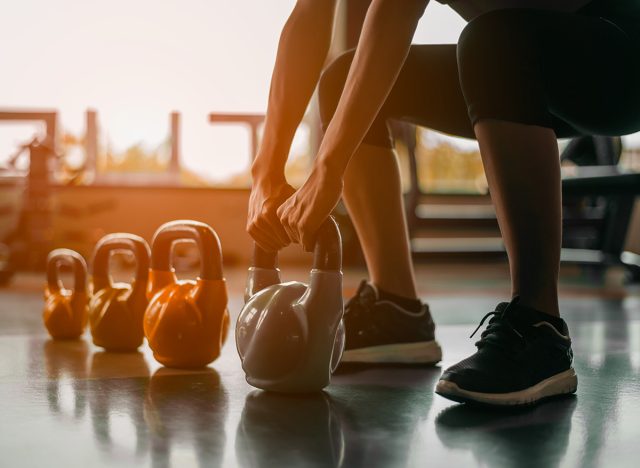
She recommends strength training three to four times a week, "between 45 minutes and a maximum of an hour and 15 minutes per session," at the most. "If you do much more than that, you are actually not gonna get the benefit of it. Strength training is actually gonna build your metabolism. So what muscle does is it helps your body burn fat even when you are just sitting around doing nothing."
4. Eat Directly Before and After Exercise
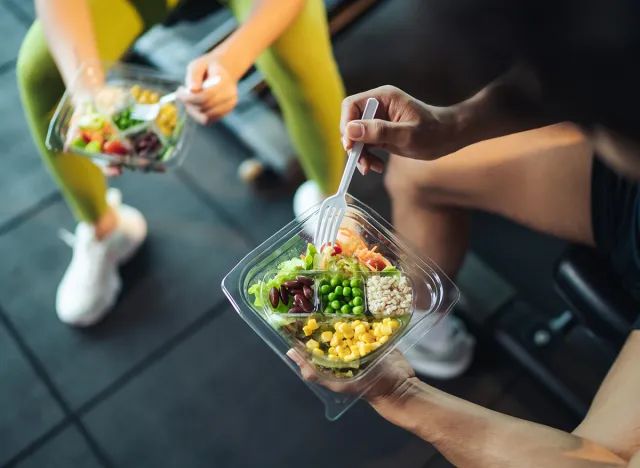
"My number four golden rule, and this was a massive game changer for me, is I always eat directly before strength training and directly after," she says, maintaining that when she worked out on an empty stomach she wasn't getting results. "I switched to this protocol and it really helped me gain a lot of muscle and also with that strip an enormous amount of body fat," she continues.
Eat Protein Plus a Carb
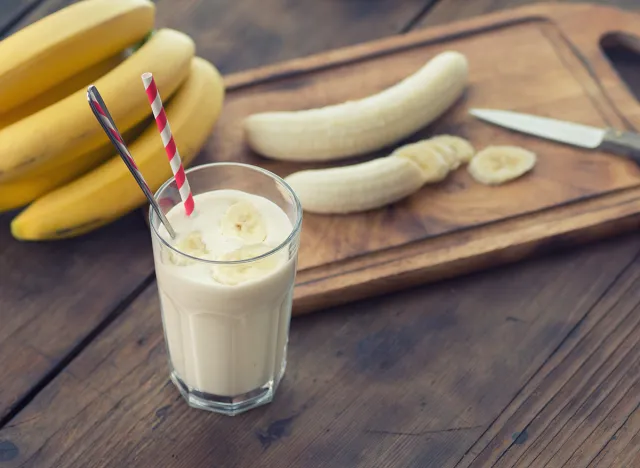
She recommends eating "some kind of carbohydrate and protein combined" an hour before strength training. "If you don't have the stomach for eating, then you can have something like a protein shake with a banana in it." After working out she eats another protein and carbohydrate meal or snack. Not only does this give you energy for your workout but also replenishes your muscles after and helps synthesize protein.
5. Take a Walk
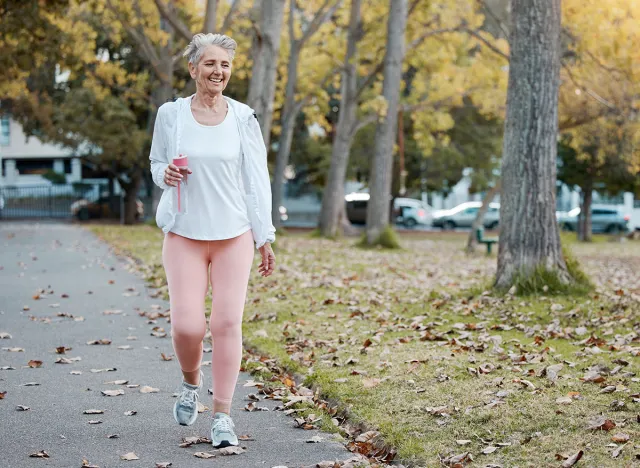
"My number five non-negotiable is walking. Walking has huge benefits. The problem is we are too sedentary and it's really gonna be harder to burn fat if you just sit around all day. So you really do need to get up and move around. The easiest way for me to get that in is walking and it's actually gonna help your body burn more fat easily," she says.
She Aims for 7,000 to 10,000 Stpes
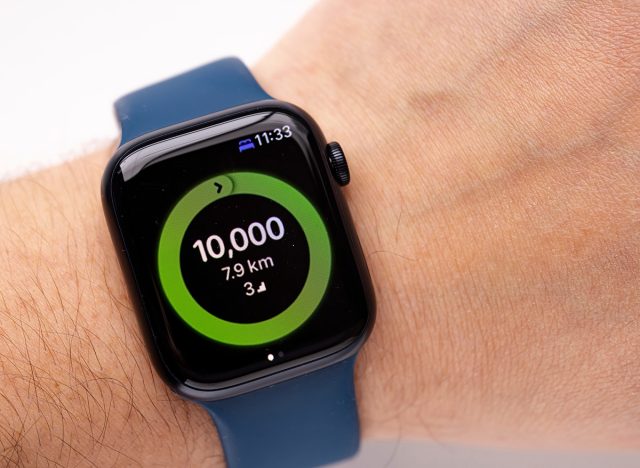
"I really like to count my steps. That's the best way of doing it. I find getting anywhere between 7,000 steps and over is optimum. If I can, 10,000 steps is even better," she reveals.
6. Get Enough Sleep

Her number six golden rule for fat loss? Sleep. "Sleep is absolutely essential when you are talking about fat loss in women over 40," she maintains. "I'm postmenopausal now, but if you're perimenopause, menopausal, sleep is just such an important part of fat loss. If you are not getting enough sleep, it can actually make you gain more body fat and you are really gonna struggle to lose body fat. You're gonna get problems with your hormones. It can make your thyroid go off. It can cause insulin resistance," she says.
Be "Really Intentional" About Sleep

She maintains that you have to be "really intentional about sleep" and that "it's not gonna be easy. It's actually a struggle to get sleep."
7. Meal Prep

Next up, meal prep. "Meal prep has been a massive game changer for me, not only when I was going out to work, but now that I run my own business and I'm working from home. Having your meals prepared in advance means you're much less likely to slip up because the problem with not having your meals prepared is then you're more likely to just grab anything and it's really hard to control your food," she says.
She Bulk Cooks Protein and Sauces and Preps Veggies and Carbs
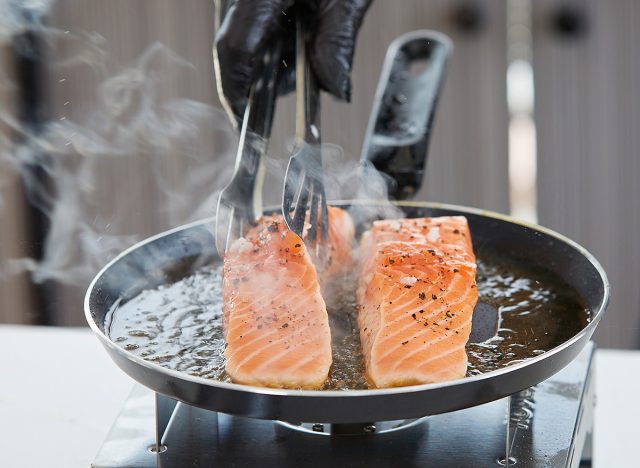
"What I tend to do is bulk cook up some protein, sauces, have some veggies prepared, have my carbohydrate sources prepared," she says. "And then even if they're not in meal boxes, but they're just in the fridge ready to plate up, it's gonna mean it's much easier for me to stay on track. And since I've been doing meal prep, I've noticed I've had much better success with my body. It puts me in control and I find it really, really easy to stick to because it actually saves time in the long term."
8. Hydrate
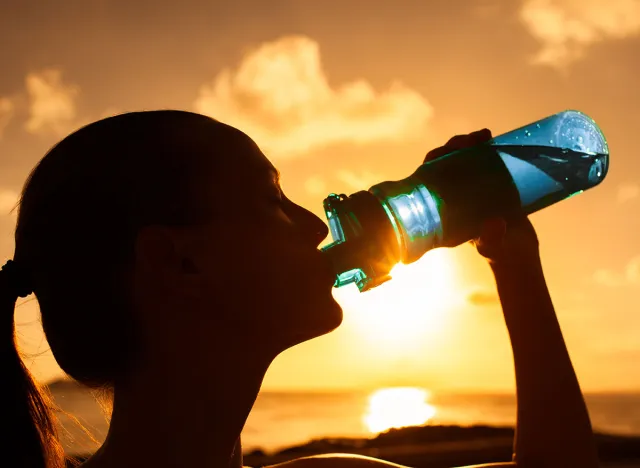
Her number eight non-negotiable is hydration. "Hydration in women over 40 and around menopause, it starts to become really problematic. You tend to be more dehydrated and drier," she says.
She Recommends 2 to 4 Liters a Day
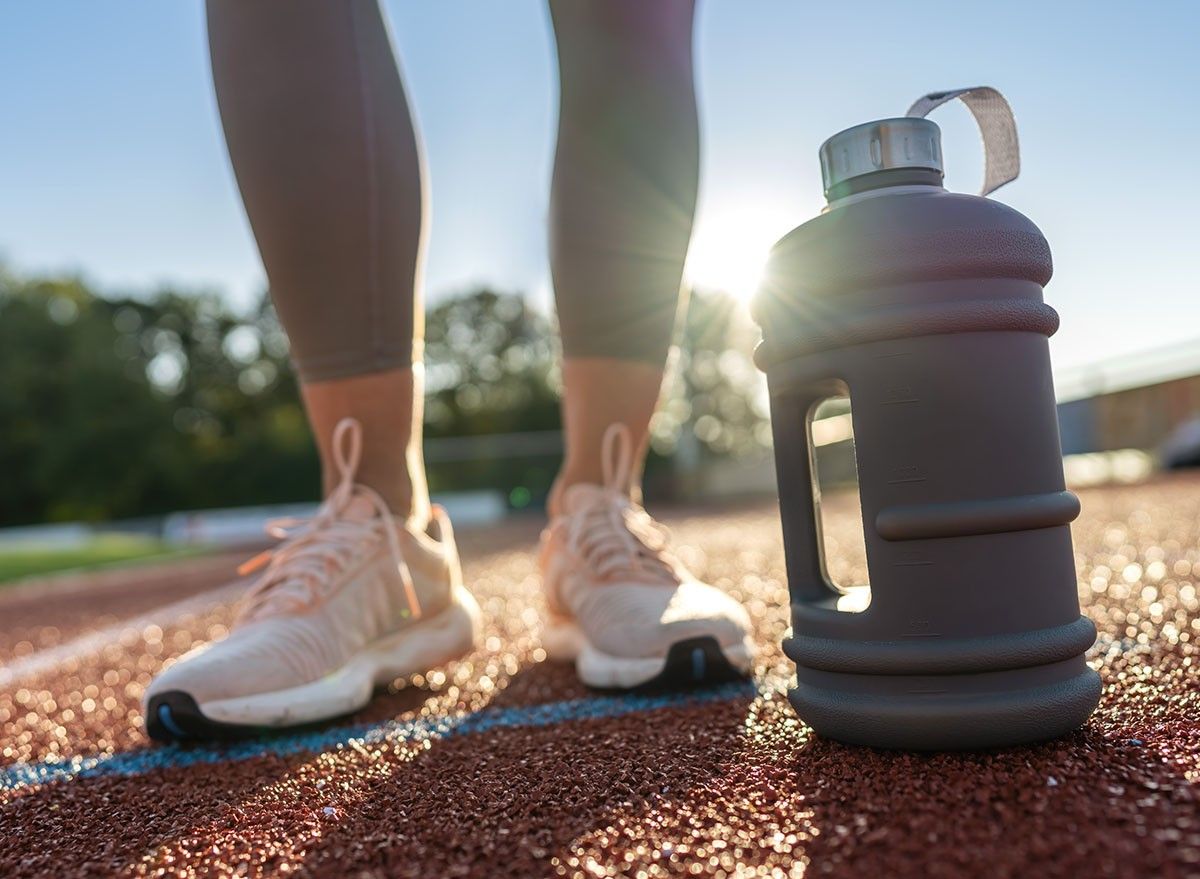
"That means getting in at least two liters of water every day. The optimum is three liters," she says. Hydration is "much better for fat loss"' but will also help "keep you satisfied, so it's gonna help you keep full."
Bonus Golden Rule: HIIT Workouts
She offers another bonus golden rule. "Now, if you've watched any of my content before, you know that I advise high intensity interval training. But during those five years, I haven't always stuck to high intensity interval training. You know, I've had times where I've had extreme fatigue and I've needed to take a rest from it," she says.
She Does It 4 Times a Week for 20 Minutes
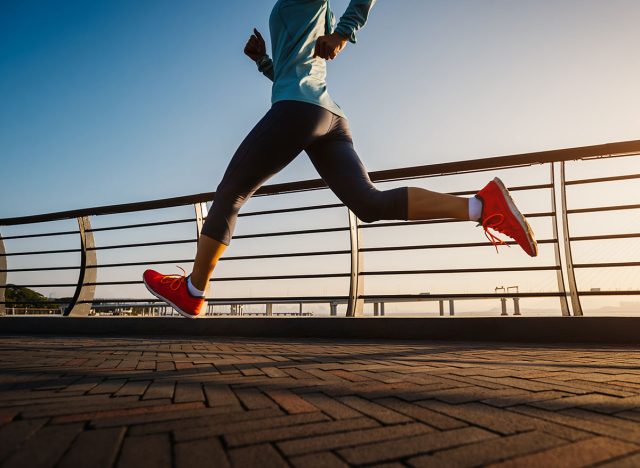
While it's not in her non-negotiables, "I do recommend it still for women over 40, and I'm currently doing high intensity interval training about four times a week for 20 minutes just after strength training," she says. "So it is something that I implement now, but it's not all the time. So that's why I didn't include it in my non-negotiable list."
Follow Melissa Neill on Social Media
For more of Melissa Neill's advice you can follow her on social media. She is on YouTube, Instagram, and Facebook. And if you enjoyed this article, take advantage of these 15 Quick Ways to Lose Body Fat Percentage in a Week.





